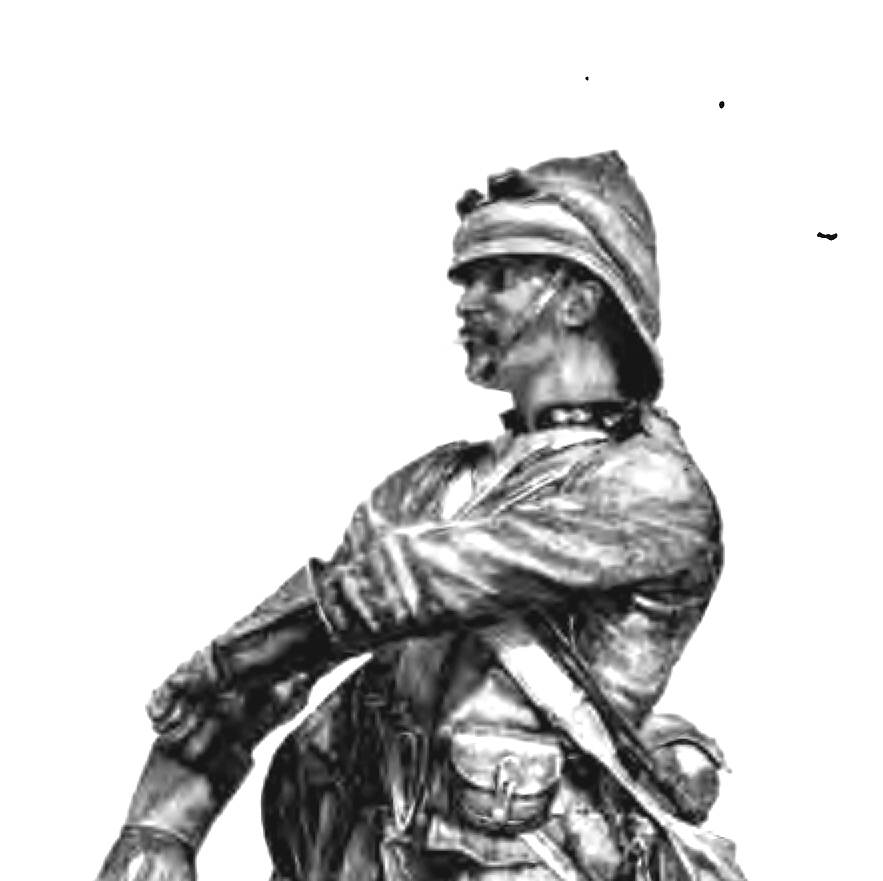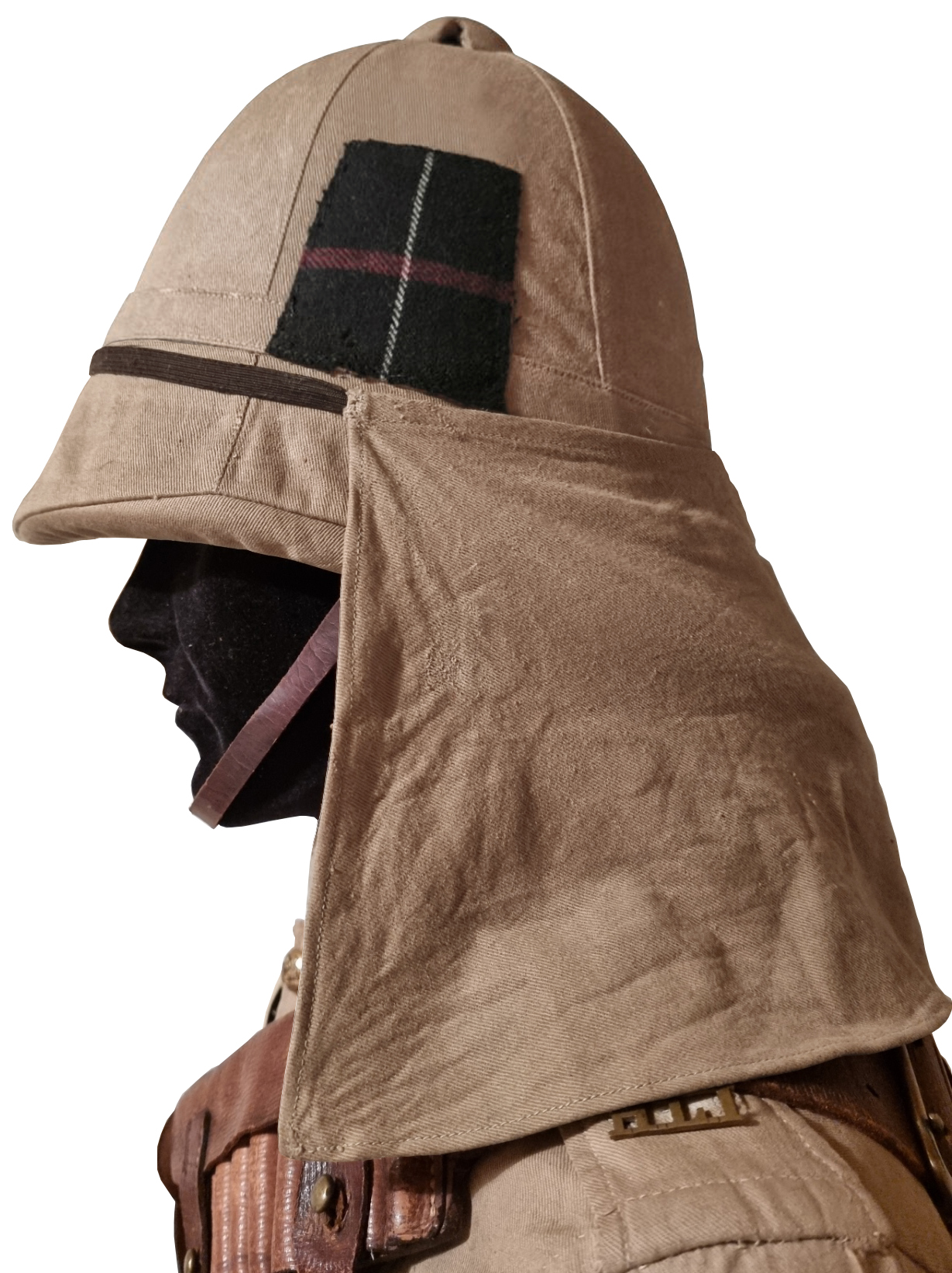Here the term ‘Desert Goggles’ is taken as those goggles which seem to have been issued to British Empire Troops specifically for use in desert campaigns in the late 19th to mid 20th Century. These goggles differ from the more ubiquitous; dust; general purpose; transport; tank; dispatch rider; mountain and snow goggles issued from mid-WWI by most nations, in being campaign specific. The three main goggle types discussed here were used in the Sudan (1882-98); the Mesopotamian (1914-18) and the North African (1940-43) campaigns respectively.
Tag Archives: goggles
An Interesting Goggle Type
‘FOUR WAY’, ‘FOLDING LENS’ or ‘SPLIT LENS’ TYPE
1900s Motoring and Early World War I Flying Goggles, World War II Japanese Type 5 Dust Goggles, WWII Russian Tank Goggles, Chinese Tank Goggles, RAF Split Lens &etc.
This goggle type has its roots in France, with most references relating them to ‘early French types’. The earliest advertisement sighted for this kind is dated 1904. They may have been a development of the 19th century ‘Railway Spectacle’ with protective glass side panels (Fig. 3). They could be folded into a very compact shape and allowed good peripheral vision. Continue reading
A Famous Goggle Type
 Goggles have been used at least since the American Civil War by Artillerymen and then Railway Engineers. Garnet Wolseley was an observer during that conflict and may have been instrumental in their introduction into the British Army for the Sudan campaigns of 1882-1885. However this article is concerned with “The Newbold Type” used by the British, Americans, Japanese and others. Continue reading
Goggles have been used at least since the American Civil War by Artillerymen and then Railway Engineers. Garnet Wolseley was an observer during that conflict and may have been instrumental in their introduction into the British Army for the Sudan campaigns of 1882-1885. However this article is concerned with “The Newbold Type” used by the British, Americans, Japanese and others. Continue reading
British Army Neck Curtains

An interesting and rare example of an officer’s Colonial pattern Foreign Service Helmet showing the neck curtain secured by an elastic strap. (Photo courtesy Benny Bough)
“From the earliest times fear of the sun’s rays must have sometimes urged the soldier or traveler to wear down the back of the neck a white handkerchief or handy piece of cloth. The official introduction of a neck curtain, however, appears due to Sir Henry Hardinge, who, in 1842, prior to leaving for India as Viceroy, ordered white cap covers for tropical use, to which was added some time later a white neck curtain.” 1,2


